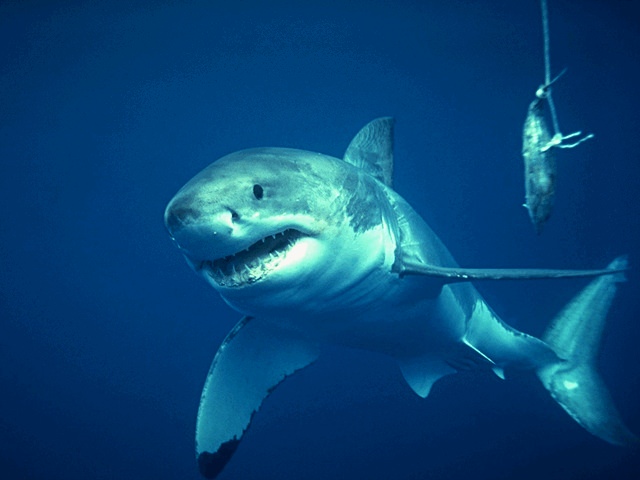Extinctions of Big Sea Animals? Larger marine animals are more at threat of extinction than smaller ones, scientists have said. Fossil records show this trend is new to today’s world and did not exist in the past, reinforcing the idea that the planet might be entering its period of “sixth mass extinction”.
In the journal Science, Jonathan Payne from Stanford University in the US and colleagues modelled the intensity of future extinctions and the animals they’ll likely kill off, and compared them with fossil records of previous mass extinctions. They found the larger a marine animal’s body size, the more likely they’ll become extinct – probably because of humans’ appetite for fish.
Biologists suspect humans are pushing life towards a sixth major mass extinction – if we’re not in the midst of it already.
It’s a pattern scientists have seen before. Ancient humans probably hunted mammoths and other megafauna across the globe to extinction.
This time, humans have vastly changed the state of Earth’s oceans – not only via massive amounts of carbon pumped into the atmosphere and pollution, but also through actions such as overfishing.
“Marine systems have been spared up to now, because until relatively recently, humans were restricted to coastal areas and didn’t have the technology to fish in the deep ocean on an industrial scale,” says Noel Heim, also from Stanford University and co-author of the study.
So to see how a sixth extinction might play out, Payne and his team analysed 2,497 living and extinct genera (groups of species) from two of the largest collections of marine animals, molluscs and vertebrates.
They classified extinction threat for modern species according to assessments made by the International Union for Conservation of Nature. The intensity of past extinctions was determined as the percentage of genera which did not survive from one time period to the next.
Meanwhile, extinction selectivity was measured according to body size, habitat zone, motility and whether the animals were predators or not.
Only body size was found to have a close relation to extinction threat in the living genera Payne and his colleagues examined, with the threat of dying out increasing 13 times for every factor of 10 increase in body mass within these species.
This is a new trend, as the fossil records suggest that in previous mass extinction events size was not a discriminating factor – or at least not to the same extent.
So what is different now?
While Payne and his colleagues have not directly investigated why the larger species of marine animal are at greater risk, they note that their findings are consistent with a growing number of scientific reports that indicate humans are the culprits.
They explain that human fisheries tend to hunt the larger species within an ecosystem first, before moving progressively down the food web to exploit smaller species.
Payne and his team suggest that while genera of many different sizes were lost in the previous extinction events, it was likely the removal of larger animals that explained multi-million-year delays in ecosystem recovery.
Big species, such as whales, recycle nutrients through their faeces, for instance – important for the growth of phytoplankton.
David Booth, a marine ecologist from the University of Technology Sydney in Australia, says the work’s grand scale is particularly impressive.
He does note, though, that the speed of the current pattern of extinction is important: “We are talking about [previous] mass extinctions that took place slowly over a million years as opposed to around 150 years in our case.”
And while Payne believes there is still hope for larger marine animals and their ecosystems, Booth is not as convinced.
“The trouble is a lot of these things [larger marine animals] do not come back,” he explains.
“It is not a huge animal but the Atlantic Cod was fished almost to extinction off Nova Scotia and so they did the right thing – they just stopped fishing.
“[But] it has been over a decade later and they still have not recovered.”
He adds that it is important the numbers of larger marine animals aren’t allowed to dwindle to this point, something that could be achieved through tighter control of fisheries and by establishing more marine parks.
“The best option is not to lose them in the first place,” he says.
Laura F. Nixon













